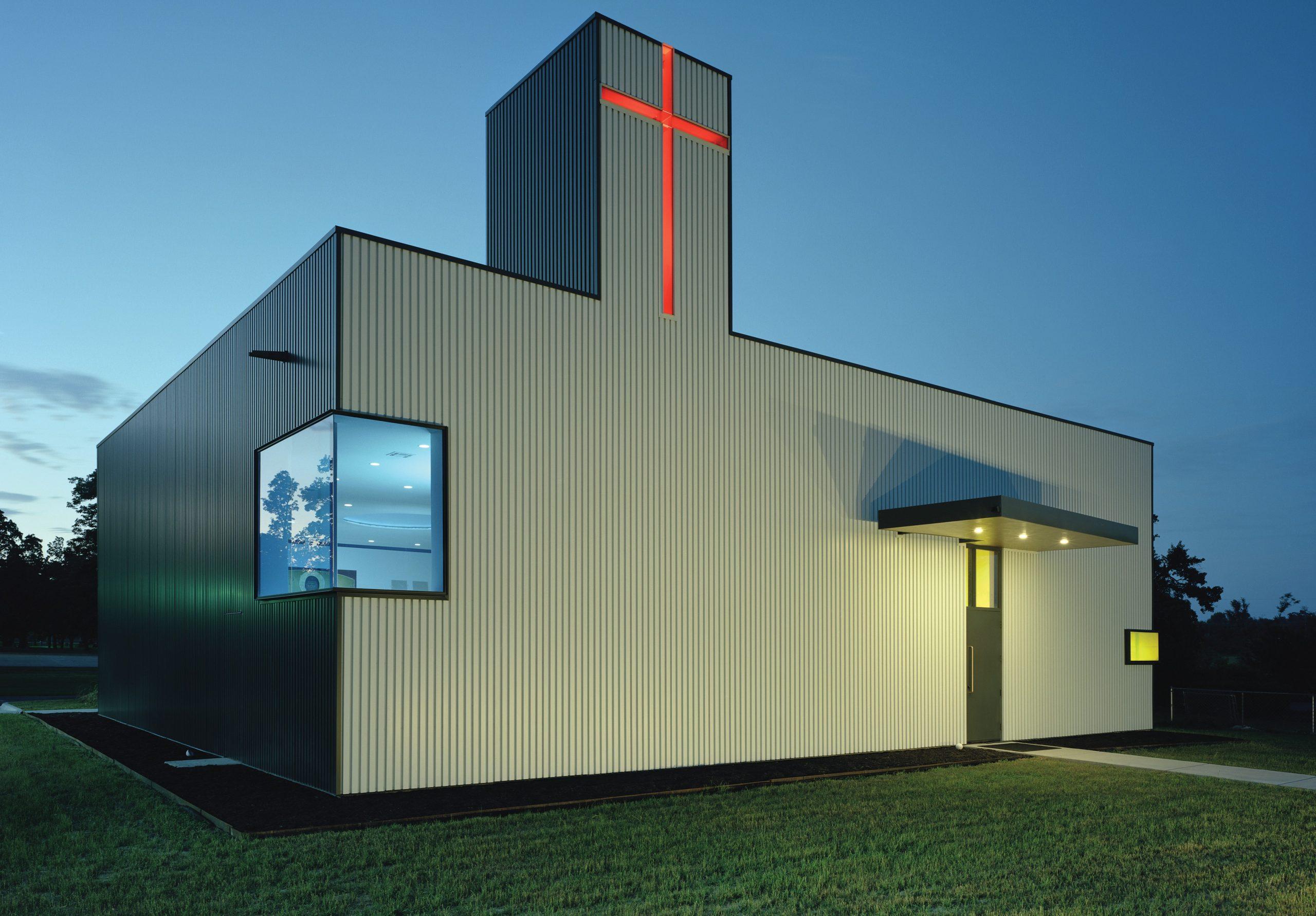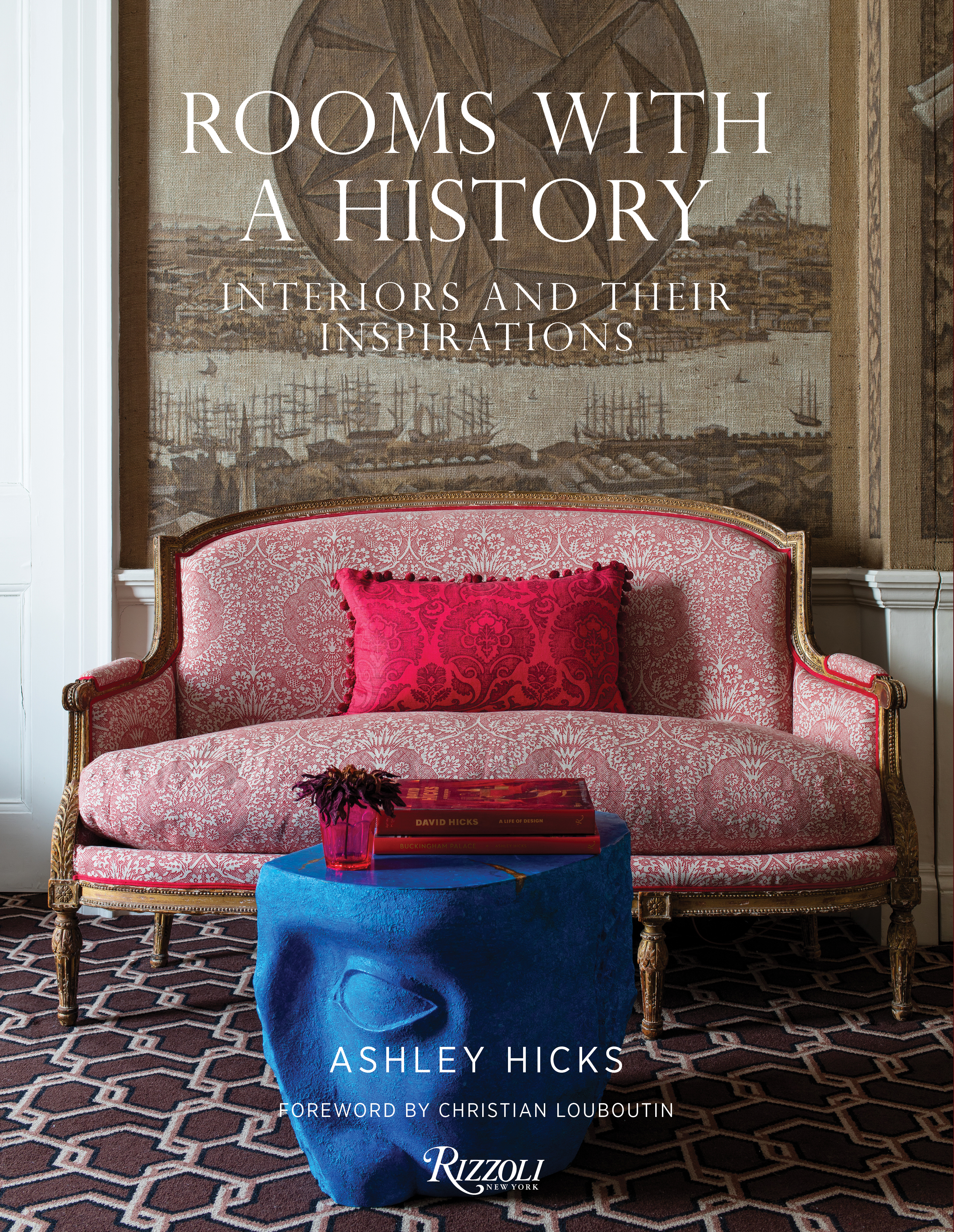Marlon Blackwell has a new monograph out from Princeton Architectural Press. It’s called “Radical Practice: The Work of Marlon Blackwell Architects,” and within its 510 pages are 13 projects by the 2020 recipient of the AIA Gold Medal. Also included are a number of essays by architects, artists, landscape architects and even Tim Hursley, whose photographs illustrate the firm’s work. Among those who contributed essays to the book are Tod Williams and Billie Tsien, architects of the Obama Presidential Center; Maurice Cox, Chicago’s city planning director; Thom Mayne, winner of the 2005 Pritzker Prize; and James Corner, landscape architect of the High Line. One of the most descriptive essays is by North Carolina architect Frank Harmon, who’s also the author of “Native Places.” A+A recently interviewed Blackwell via telephone, and we’re pleased to present that interview in Q+A format today and tomorrow.
Could you give us a little background on the book?
This is a book that’s been three or four years in the works. After the first one in 2005, Kevin Lippert at Princeton Architectural Press told me I needed to build more. Finally we decided it was time, with our scale and complexity steadily increasing. Around 2019 it stated to take shape. Then, winning the AIA Gold Medal in 2020 made it make sense.
It’s a host of projects. We didn’t want to show everything
The intent of the book?
We’re trying to show that we are architects for any scale and for anyone. These cut across that. Some are larger. Some are building types like education buildings. Place is very central to the projects. So there’s a balance of projects.
There are no residences. We hit the wall on residences, and stopped doing them about a year ago. But – the next book will be on houses.
Where does meaning comes from in your work?
I don’t want to be a prisoner to one way of architecture. I’m thinking and drawing inspiration from life. Architecture is larger than the subject of architecture. It’s about being a careful observer of the world around you – and how you see it. The things that have great value means sometimes looking for the underbelly – between the low and the high, what is the ideal? We bore into that for resolution.
It’s a mixture of stuff. We might be mixing in the vernacular or the color or the material of a place, or a material that’s universal to that place. We’re creating an ambiguity with the material. And there’s a lot more shadow than light.
Meaning comes from direct experience and the way you find it. You represent it on your terms. There’s a process of interpretation and extraction and design. It’s a response to the program, typology, and context.
That’s why theory doesn’t apply. Theories have a way of being exclusive and we’re interested in being inclusive. The intellectual is important, but the empirical is also. Peter Eisenman is about the idea, regardless of the emotion. I agree – but we want architecture that’s emotive.
We filter it to make it cohere. That is difficult. And if you don’t have a mastery of the language of your discipline you’ll never get there. Social justice and the environment are so critical, and you have to figure out how to interpret that in architecture as language.
The past, present, and future are embodied in a particular work. And we’re always thinking about what we can get rid of.
We’re kind of like Robert Venturi, but without the smug intellectualism. I have a country-boy background, so the advantage I have is that I can cut through all that.
What is radical practice?
In many ways, it’s making buildings and places. That’s kind of radical right now, because there are so many other issues out there. It’s about being in a place and finding ways to connect to that place through abstraction, with ideas about how to build in that place. We want to make work that we believe operates at a high level, with folks who consider themselves radical.
But the real credit goes to Peter MacKeith, who came up with the title.
What I mean is that you can find a place to hunker down and make great work, but not in a novel or fashionable way. RIBA in London once called me a ‘radical ruralist.’ They were looking at my Moore HoneyHouse and Keenan TowerHouse.
One thing Peter MacKeith brings up is that it’s about roots – being connected to the roots of a place. The meaning of radical for many years was roots. Merriam-Webster says that ‘radical was first an adjective, borrowed in the 14th century from the Late Latin radicalis, itself from Latin radic-, radix, meaning ‘root.’”
Now it means a deviation from the norm.
Architecture is about light, material, and space. In the end it’s about form and material. It’s a framework.
We’re roots-based, and fundamentalists in that regard.
It’s about a deep understanding of where you’re at and how to move that forward.
Tomorrow: The role of landscape architecture in Blackwell’s work, his commitment to teaching and the public realm, and his criteria for selecting the 13 projects in the book.
For more, go here.
[slideshow id=2455]



